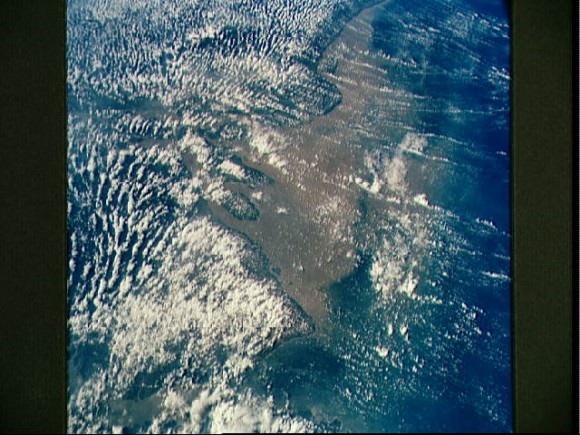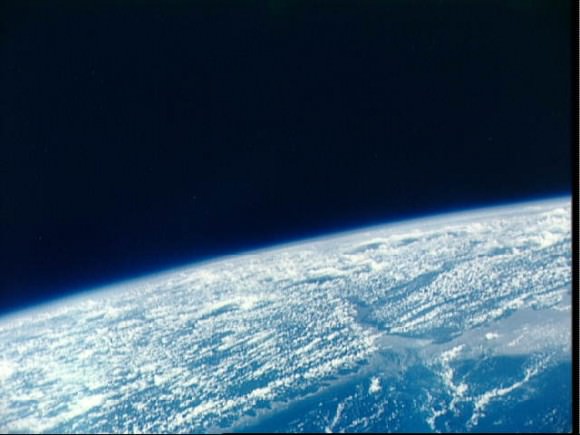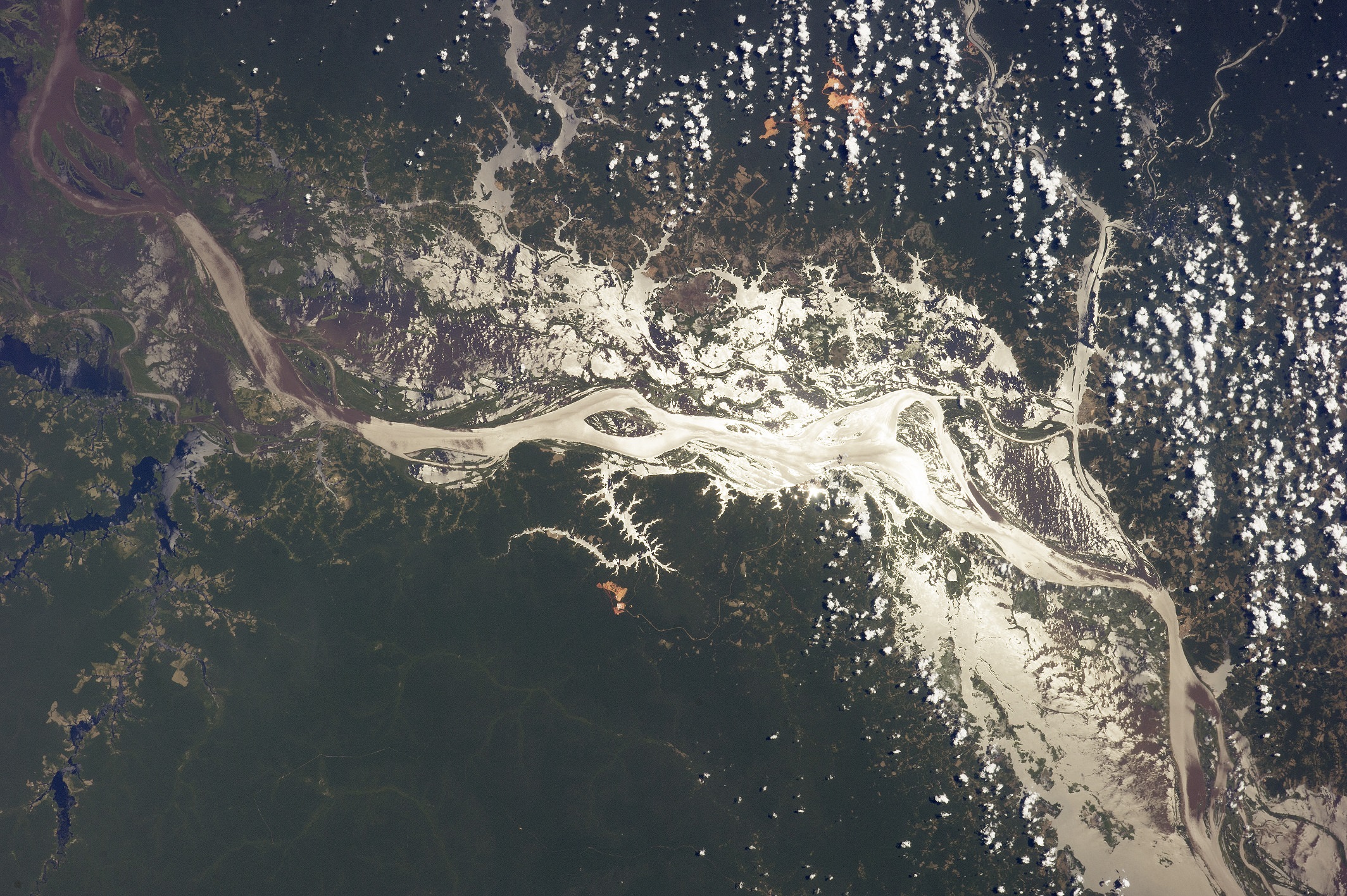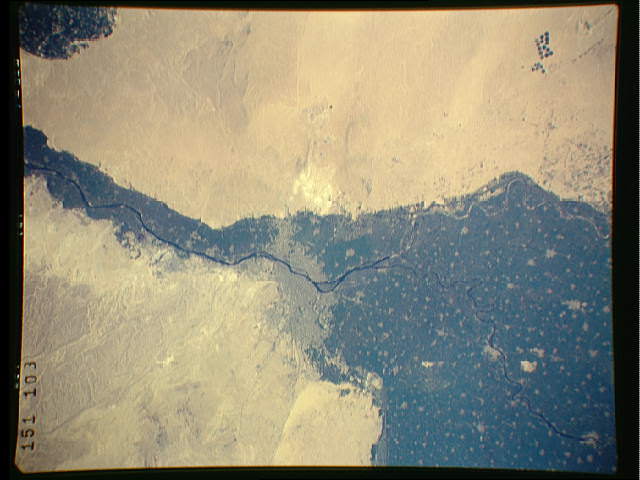The Amazon River is a heck of a big tributary. Besides being one of the LONGEST rivers in the world, it also happens to be the WIDEST. While its estimated length of 4,000 miles (6,400 kilometers) puts it under the Nile River, that statistic could be amended as some believe it’s even longer than that.
Nevertheless, its width puts it at a big river that carries more volume than the Nile. We have a few more facts about the Amazon below.
According to Extreme Science, even during the dry season it is about 6.8 miles (11 kilometers) wide, which is still a respectable width. When things get rainy, however, that’s when stuff really begins to open up. It more than doubles its width to 24.8 miles (40 kilometers).
If that’s enough for you, consider the amount of land it covers. Dry season, Extreme Science says, sees it at 42,471 square miles (110,000 square kilometers), or roughly the land area of Cuba. That astonishing statistic triples during the wet season, when it reaches 135,135 square miles (350,000 square kilometers) — about approximate to Germany’s size.

All of this makes the South American river the largest drainage system in the world, according to Encyclopedia Britannica. Its recorded source is in the Andes Mountains and it flows down to its Atlantic Ocean mouth off the coast of Brazil. But as we’ve noted before, there’s controversy both to its source and to its actual length.
The Amazon basin (the areas that are affected by the river) cover a good portion of South America, the encyclopedia adds: Brazil, Peru, Columbia, Ecuador, Bolivia and Venezuela. But it’s Brazil that has most of the basin and two-thirds of the stream.
Aboriginals in the region have explored the river for centuries, but its name comes from European exploration of the river, the encyclopedia says. “Amazon” is a reference from Europe’s first reported explorer, Spanish soldier Francisco de Orellana, who said the fierce female warriors in battle in the area reminded him of Amazons in Greek mythology.

Many of these statistics could change if the source of the Amazon River is also changed. National Geographic says there at least six possible origin points, based on methods ranging from satellite observation to GPS to “ground truth” examinations. You can see more details about the ongoing quest in this article.
Universe Today has articles on the longest river and Europe’s longest river. Astronomy Cast has an episode on Earth you should watch.


